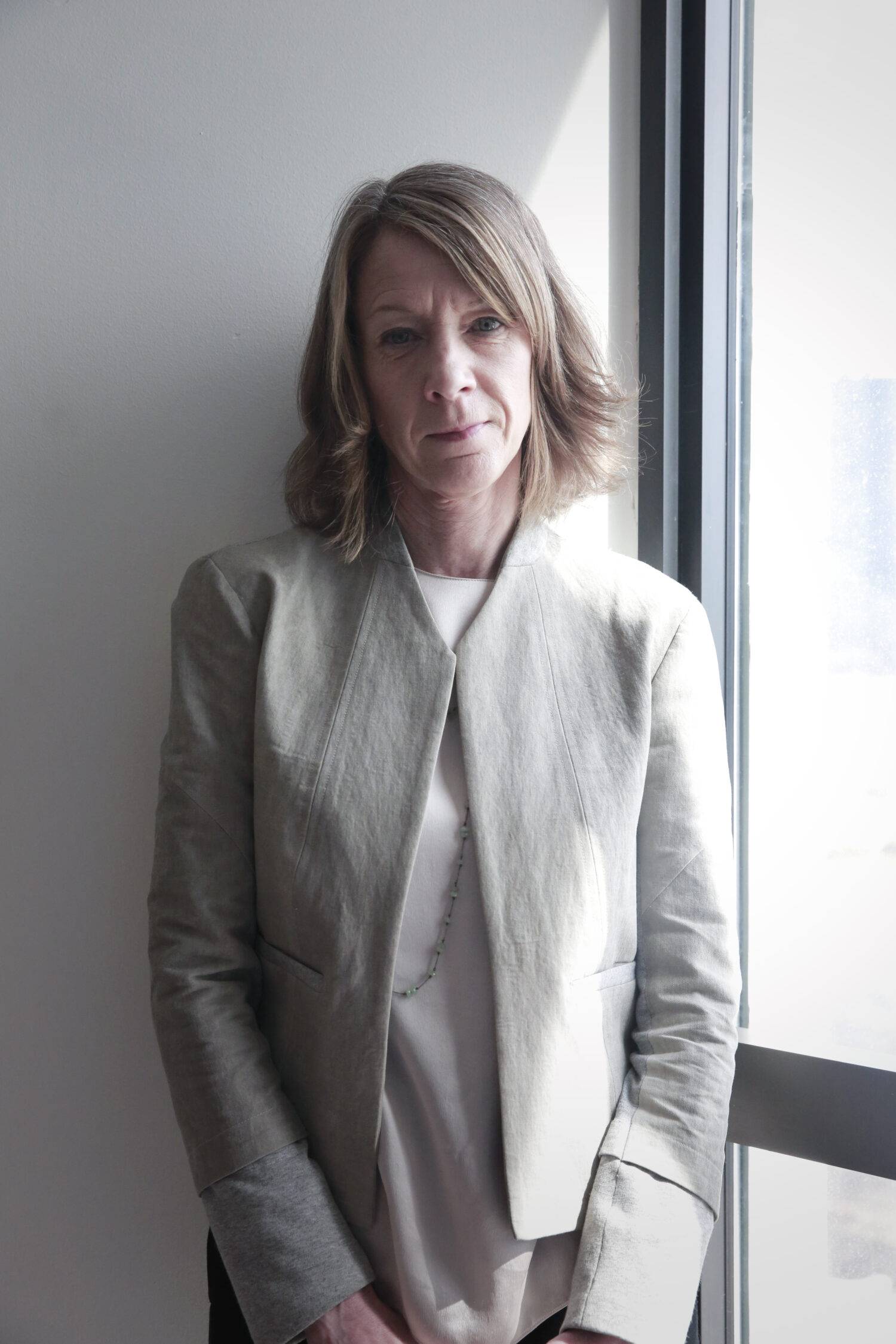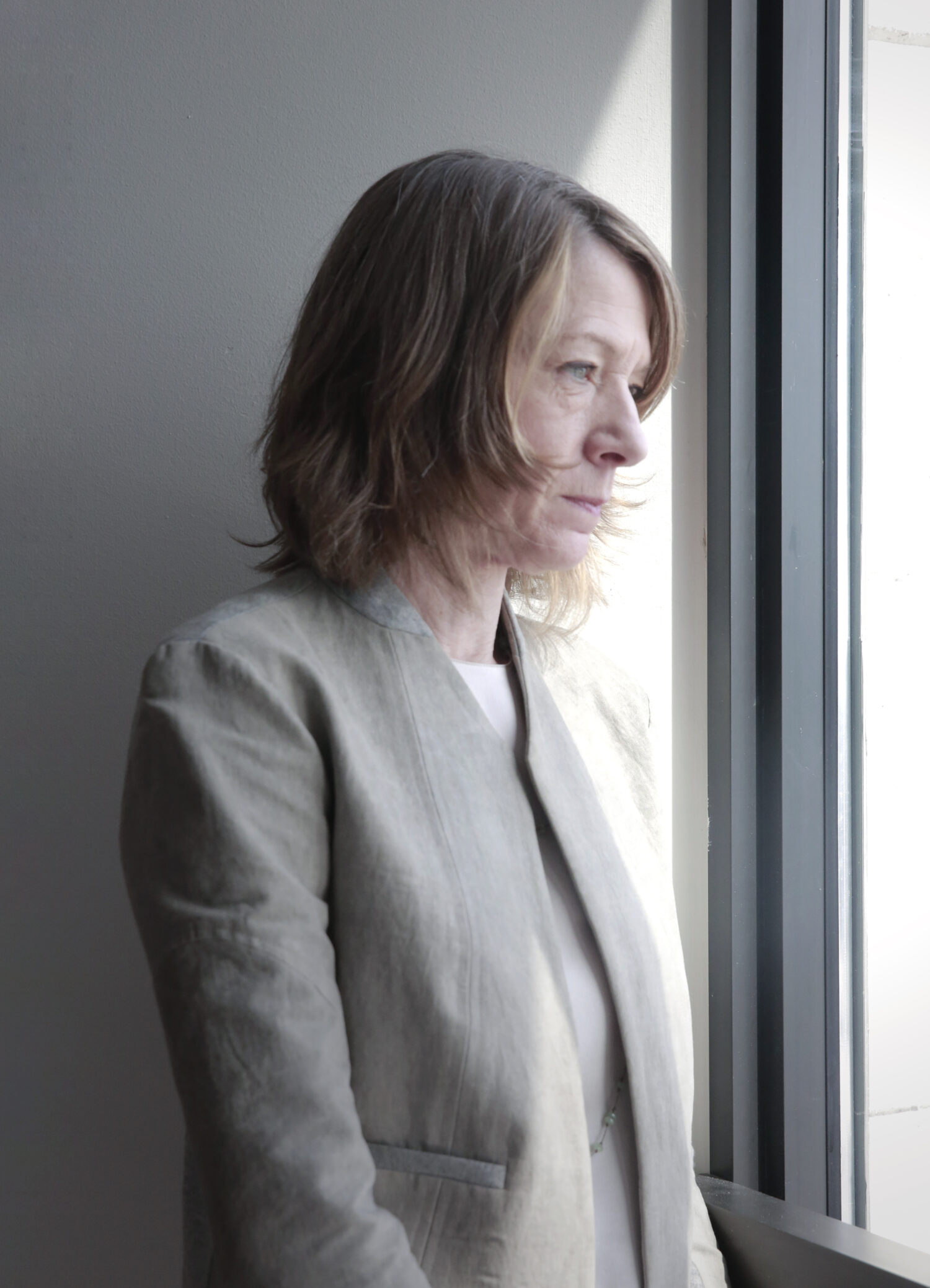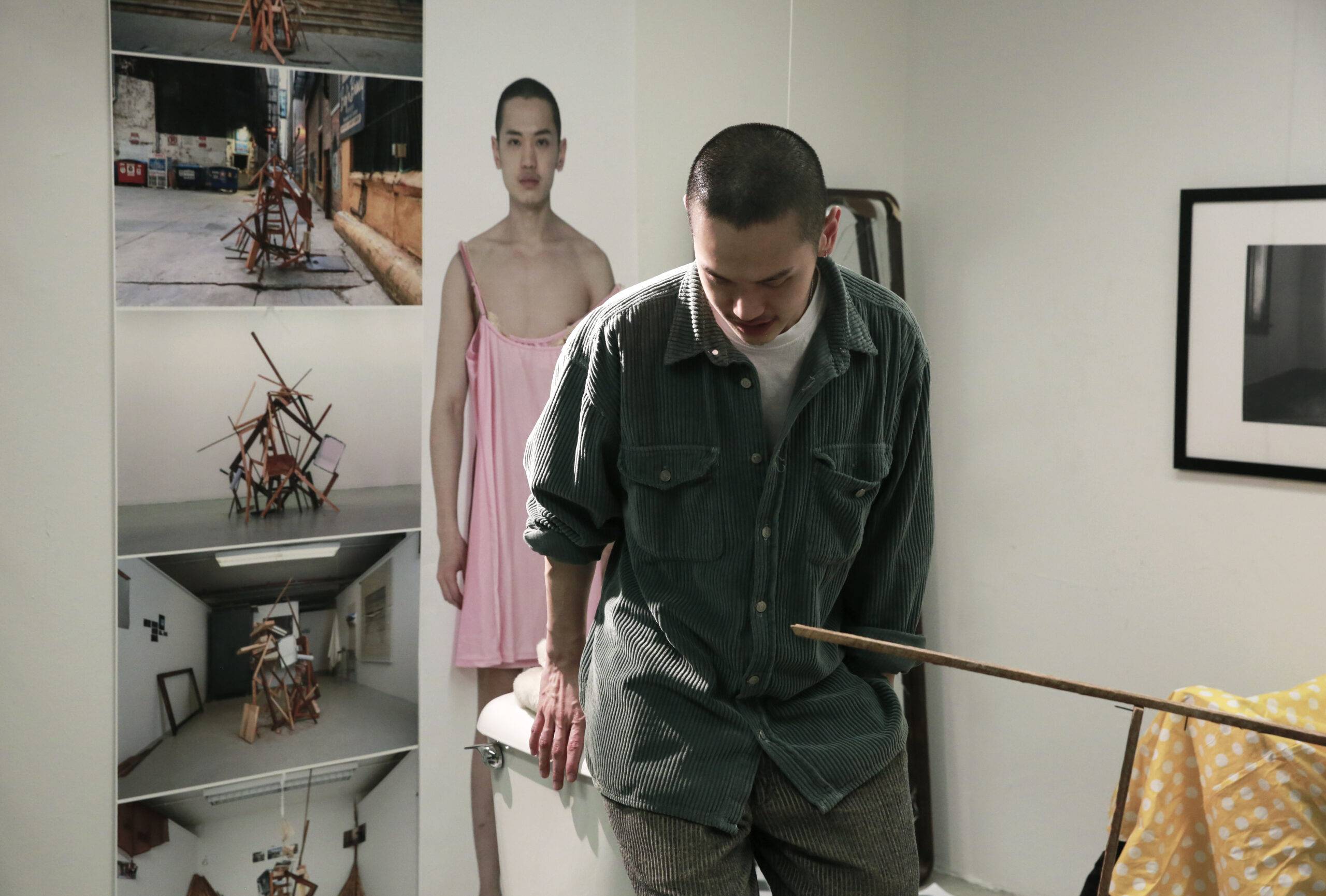
Kate Dumbleton is an Associate Professor in the Art Administration and Policy department.
Sona Kim: How did you get into music?
Kate Dumbleton: It was all very accidental! I always loved music and collected music but I have never been trained to create music myself. But then after college, I met some people who were running a booking agency, and I started working with them like as an internship. I fell in love with music more deeply, and I started working with record labels, managed jazz artists myself. I have never been a musician to play the music, but I have always been an organizer and a good listener.
SK: That is such a great way to put it! Then music was not on your list of dreams? What was your dream when you were little?
KD: Oh well, I honestly do not remember, but one thing I know is that when I was a kid, I always was organizing other kids. I started book clubs and gathered all the neighbor kids to participate. So my art of organizing is not coming from nowhere.
SK: What is your favorite sound?
KD: It is my dog snoring. It is one of the most comforting sounds to me because it means that she is safe and comfortable, I love that noise.
Musically, I don’t know if I can answer what my favorite sound is, but I do love the sound when musicians find an interesting dialogue with one another while they are improvising. It can be for 10 seconds, a minute, and also can be longer than 90 minutes. When improvising is happening in the highest level, it is very profound and inspiring.
SK: Wow, it must be such an inspiring moment. Then, which part of your body do you use the most when you create the work?
KD: 60% heart and 40% head. In order to really create an interesting artistic program, you have to be using your heart first, since you have to understand where the work came from. Especially in the jazz in Chicago there is an important, rich history, extremely linked to the Black culture. The music is coming from the culture and society. All the imagination, love, emotion. Feeling and understanding the context where the music is coming from is important when creating meaningful music everyone can listen to.
On the other hand, you also need to use your head, too. You have to raise money, have the right people and jobs and people should be satisfied. Also, there are lots of factors and reality like safety, insurance and sometimes unexpected events like the pandemic.
SK: How was the music industry different during the pandemic?
KD: Especially for the live music, there were huge changes. Not having a live audience was tremendously complicated. In addition, musicians shifted to digital performances in which the audiences can stream online. Also, artists became creative about recording and playing in different places, staying in their own apartment and still playing simultaneously. For the festival I hosted in 2020, we could not have big festivals so we decided to host small pop-up concerts in lawns, front yards, in front of monuments or famous buildings etc. Figuring out ways for musicians to still have an audience and delivering the music they make to the audience was the biggest issue.
SK: Do you have a hobby you like to do outside of work?
KD: This also has been hard during the pandemic, but I love convening people. I love cooking, caring for people and having people over for meals and being social. So I used to have dinner parties and house concerts a lot. Concerts in clubs are also great, but house concerts can be extra special. You get to invite people over and listen to music in personal settings, which is such an intimate and beautiful moment.
SK: Wow, I would love to go to one of them. When is the most fulfilling moment when teaching?
KD: My students often tend to be type A. They are afraid of failure and making mistakes. But I always tell them that they are allowed to experiment and take risks. Making mistakes can be a very powerful way to learn and the moment when it clicks for them, and they realize that it is valuable and will get them somewhere. It is also inspiring for me. Also, just seeing a team collaborating and when everyone is laughing and having a good time, that is a beautiful moment, too. Collaboration is such a powerful skill, and also figuring out how each person snaps into a puzzle is a great moment.








